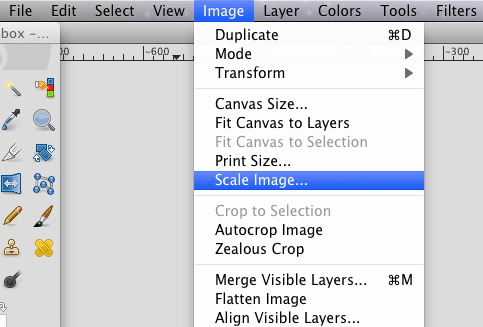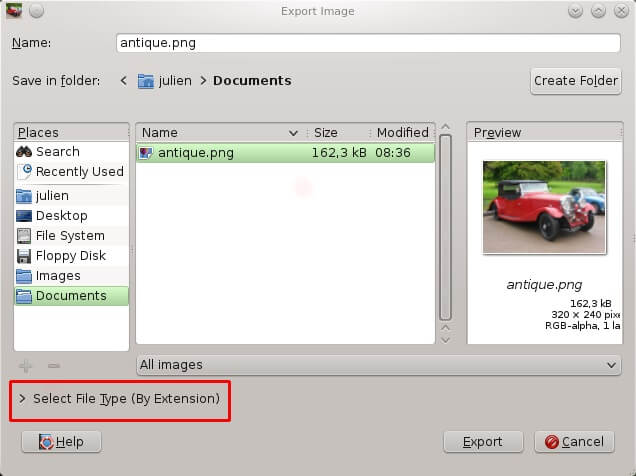

- #HOW TO REDUCE A FILE SIZE IN GIIMP HOW TO#
- #HOW TO REDUCE A FILE SIZE IN GIIMP FULL#
- #HOW TO REDUCE A FILE SIZE IN GIIMP SOFTWARE#
- #HOW TO REDUCE A FILE SIZE IN GIIMP FREE#
Other image editing software tools may have easy options to size and compress a batch of photos very quickly.
#HOW TO REDUCE A FILE SIZE IN GIIMP HOW TO#
Below, we’ve outlined how to reduce the size of a JPEG on Windows and Mac. For example, if the image is only going to be displayed as a thumbnail, there’s no reason to waste storage space uploading a high-resolution file to the web. ↑ Table of Contents ↑ Image Editing Software Before deciding on a file size, it’s important to consider how the image will be used.
#HOW TO REDUCE A FILE SIZE IN GIIMP FULL#
This only works if the image that appears in your media library is larger than the size that appears on your site.Įven at double the maximum display size on your blog an image file should still be significantly smaller than at the full resolution used by your camera, so you can optimize your images and have them look good on Retina displays. To prevent this, if we detect a Retina display we serve the image at double the size so it displays with maximum sharpness.

Retina displays have a much higher pixel density than regular displays, which can cause images with a regular pixel density to appear fuzzy.
#HOW TO REDUCE A FILE SIZE IN GIIMP FREE#
Click on Image in the toolbar, then select Scale Image Open your browser in IMAGE free application web site and go to Splitter tool app.We’ll use two pieces of free software to reduce our image size. If you want more control over how the image is optimized, continue reading for a more in-depth overview. Open your image with the app then click on Tools then click on Adjust size.

On a Mac computer, you can use the app called Preview. You can find this option on the middle-right side of the “Image” section at the top of the Paint window. Simplify a map (reducing the file size and loading time) This tutorial shows you how to simplify a map using, to reduce the file size and thereby optimize it for the web. Open your image with the program then click on Resize. On a Windows computer, you can use Microsoft Paint. All you should need to know to start here is how to find your image and open it. You can also use programs that come with your computer: If you’re looking for a quick way to reduce the image size, you can use free third-party tools, such as this one, this one or this one. ↑ Table of Contents ↑ Reduce Image Sizes With Free Software We’ll get the same result with less unnecessary image weight. jpeg so you don't lose but the smallest of data which is not noticeable to the eye.Let’s take the same image and decrease the dimensional size and DPI before loading into our Media Library. As you compress the image smaller and smaller, the changes gradually get more noticeable.Thats why you work on the file as. The jpeg format uses a compression which tries to get rid of parts of the image most people won't notice anyway. Compressing an XCF file will often shrink it by a factor of 10 or more.

XCF files can become very large, however GIMP allows you to compress the files themselves, using either the gzip or bzip2 compression methods, both of which are fast, efficient, and freely available. This means that no matter how many times you load and save an image using this format, not a single pixel or other image data is lost or modified because of this format. The pixel data in an XCF file is represented in a lossless compressed form: the image byte blocks are compressed using the lossless RLE algorithm. The most important thing that is not saved in an XCF file is the undo history. When an image is stored as an XCF file, the file encodes nearly everything there is to know about the image: the pixel data for each of the layers, the current selection, additional channels if there are any, paths if there are any, and guides. Because of this, XCF files may be quite complicated, and there are few programs other than GIMP that can read them. XCF is a file format which is special because it is GIMP's native file format: that is, it was designed specifically to store all of the data that goes to make up a GIMP image.


 0 kommentar(er)
0 kommentar(er)
